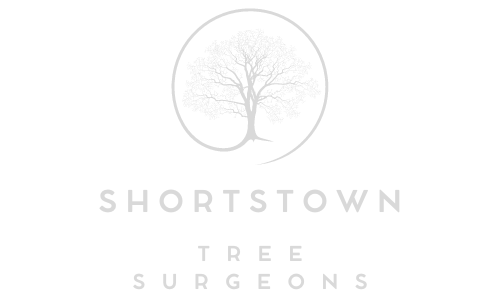Tree Surgery in Historical Gardens: Restoring Grandeur
Introduction: Historical gardens are not just remnants of the past; they are living testaments to the artistry and vision of their creators. At Shortstown Tree Surgeons, we recognise the immense responsibility of caring for trees in these cherished landscapes. In this blog post, we’ll explore the delicate balance of preserving the historical charm while ensuring the health and safety of the trees in these magnificent gardens.
The Significance of Historical Gardens
Historical gardens are more than just collections of plants; they are cultural and artistic treasures that reflect their time’s aesthetics, values, and horticultural knowledge. These gardens often feature:
- Unique Layouts: Formal parterres, intricate mazes, and meandering paths that evoke a sense of nostalgia.
- Rare Species: Trees and plants may have historical, cultural, or botanical significance.
- Architectural Features: Fountains, statues, and structures harmonising with the natural surroundings.
Tree Surgery in Historical Context
Tree surgery in historical gardens requires a nuanced approach that respects both the trees and the garden’s historical significance:
- Heritage Preservation: Tree surgeons must consider the garden’s historical context and each tree’s role in the overall design.
- Selective Pruning: Pruning techniques should enhance the tree’s health and structure while preserving its historical form.
- Disease Management: Historical trees may be susceptible to unique pests or diseases that require specialised care.
- Risk Assessment: Tree surgeons must conduct thorough risk assessments to identify potential hazards to visitors and the garden’s historical features.
Challenges and Solutions
Preserving historical gardens comes with its own set of challenges, but tree surgeons can overcome them with care and expertise:
- Limited Access: The layout of historical gardens may restrict access to heavy equipment. Tree surgeons often use specialised climbing techniques and low-impact equipment.
- Ageing Trees: Many trees in historical gardens are centuries old and require delicate care to ensure their continued health and longevity.
- Compromised Soil: Soil quality and compaction can affect the health of trees. Soil aeration and root zone management are critical.
- Visitor Experience: Tree surgery should aim to minimise disruptions to visitors while preserving the garden’s beauty.
Restoring Grandeur through Tree Surgery
Tree surgeons play a vital role in the ongoing preservation and restoration of historical gardens:
- Tree Health: By maintaining the health of historical trees, tree surgeons help ensure that these living artefacts continue to thrive.
- Safety: Addressing potential hazards, such as dead branches or unstable trees, enhances visitor safety.
- Aesthetic Harmony: Carefully executed pruning and maintenance can restore historical trees to their former glory, contributing to the garden’s overall beauty.
- Education: Historical gardens offer opportunities for educating the public about horticultural history and the importance of tree conservation.
Conclusion: Tree surgery in historical gardens is a delicate dance between preserving the past and ensuring a vibrant future. At Shortstown Tree Surgeons, we approach this task with respect for history, aesthetics, and environmental responsibility. By blending the artistry of tree surgery with the appreciation of historical gardens, we can continue to nurture these captivating landscapes for generations to come.
Call us on: 01234 862 087
Click here to find out more about Shortstown Tree Surgeons
Click here to complete our contact form and see how we can help with your tree’s needs.

